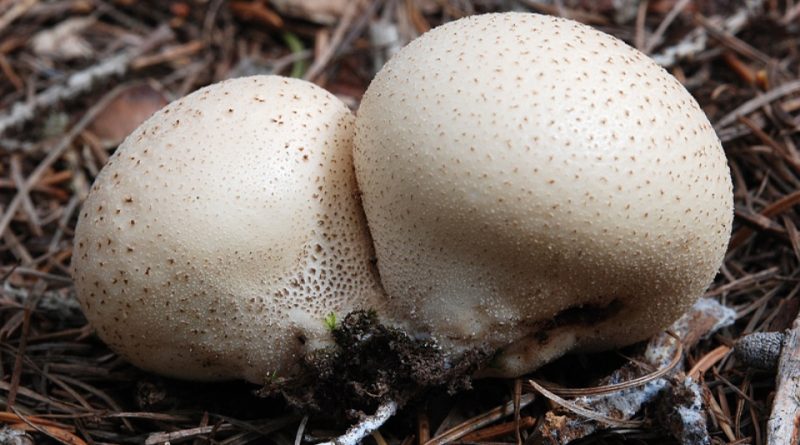Lycoperdon pyriforme
Lycoperdon pyriforme
The Lycoperdon pyriforme (Lycoperdon pyriforme Schaeff., 1774) is a puffball belonging to the family of the Agaricaceae.
Systematic –
From a systematic point of view it belongs to the Eukaryota Domain, Fungi Kingdom, Basidiomycota Division, Agaricomycotina Subdivision, Class Agaricomycetes, Subclass Agaricomycetes, Order Agaricales, Family Agaricaceae and then to the Genus Lycoperdon and to the Specie L. pyriforme.The terms are synonyms: Utraria pyriformis ( Schaeff.) And Morganella pyriformis (Schaeff.: Pers.) Kreisel & D. Krüger 2003.
Etymology –
The term Lycoperdon comes from the Greek λύκος lýcos lupo and from πέρδον perdon peto, loffa: lupa di lupo, due to the peculiarity of the mushroom to emit, when hit or crushed, silent puffs of spores. The epithet sepcifico pyriforme (orthographically incorrect but valid form) derives from pirum, pear and from the appearance aspect: piriformis, with reference to ascospores.
Geographic Distribution and Habitat –
This is a sapropotropus mushroom that grows on the decaying trunks, or near logs, both of deciduous and coniferous, in the period between summer and autumn, in groups or rows. It is a species that can grow close to specimens of the congener Lycoperdon perlatum.
Recognition –
The Lycoperdon pyriforme is recognized for the carpophore with the characteristic inverted pear shape, the lignicolo habitat, the floury-granular exopion, the presence at the base of the whitish rhizomorphic mycelium, the growth of the bush. The outer surface (esoptery) is covered with minute floury or spiny warts, light beige, then dark brown; the internal surface (endoperidium), is cream-colored, smooth, at maturity on the top a hole opens from which the spores will be dispersed. Inside the carpophore there is the gleba, first compact white, then brownish-olive and finally brownish, the subgleba, however, even when ripe it is always whitish. The lower part consists of a short jamb provided with whitish micellar cords at the base. Under the microscope there are spores 2.6-3.8 (4.2) × 2.7-3.8 (4.0) μm, Qm 1.0, globose, smooth, thick-walled; from immature specimens. The basidia are clavate with long sterigms, tetrasporic. The capillice of 3-5 μm in diameter, brown, tobacco, branched, with thick wall, without septa, with some tubercle.
Cultivation –
Lycoperdon pyriforme is not a cultivated fingo.
Uses and Traditions –
This puffball is of discreet edibility when young when the gleba is white and firm. At maturity the meat gives off an unpleasant smell of methane gas. In its recognition it can be confused with Lycoperdon perlatum (edible if the glebe is white), mostly when it comes to ancient specimens. Possible confusion also with Scleroderma citrinum (poisonous). Remember that the powdery part of the gleba can give rise to allergic type disorders. In fact an inhalation of spores of the genus Lycoperdon can lead to an acute bronchiole alveolus called “lycoperdonosis”.
Preparation Mode –
This puffball is of discrete edibility that can be consumed and prepared like other edible veins.
Guido Bissanti
Sources
– Wikipedia, the free encyclopedia.- Cetto B., 2008. The mushrooms from life, Saturnia, Trento.- Pignatti S., 1982. Flora of Italy, Edagricole, Bologna.- Conti F., Abbate G., Alessandrini A., Blasi C. (edited by), 2005. An annotated checklist of the Italian vascular flora, Palombi Editore.
Warning: Pharmaceutical applications and alimurgical uses are indicated for informational purposes only and do not in any way represent a medical prescription; there is therefore no liability for their use for curative, aesthetic or food purposes.

